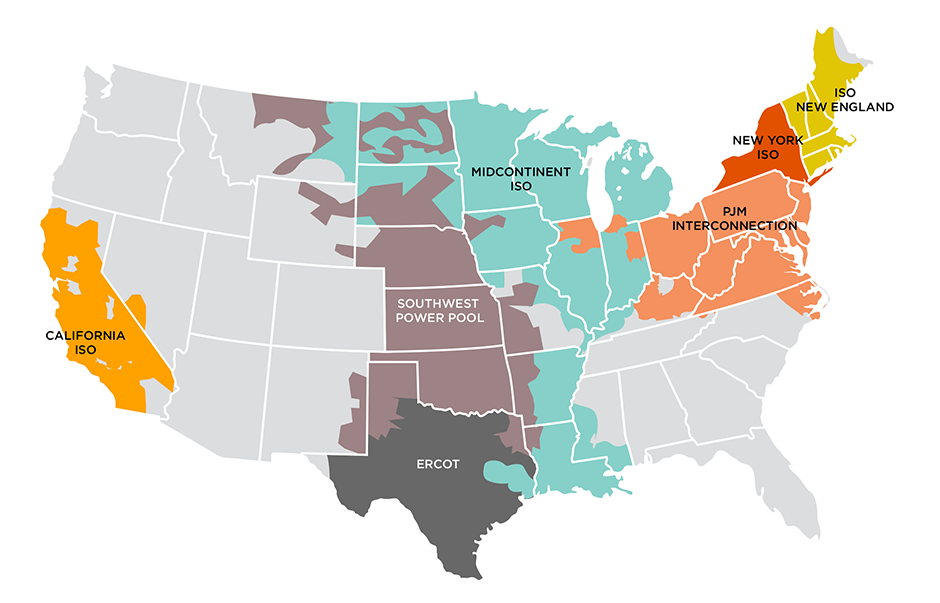Healthcare, Vol. 12, Pages 2280: Differences in 6-Minute Walk Distance Across Heart Disease Recurrence Risk Levels in Cardiac Rehab Patients
Healthcare doi: 10.3390/healthcare12222280
Authors: Eric Lian Kimberly Roberts Lufei Young
Background/Objectives: Cardiac rehabilitation (CR) programs are multi-component interventions comprising structured strength and cardiovascular exercise training, psychological support, education, and therapies to promote positive lifestyle changes. This study aimed to determine if there are differences in the 6-minute walk distance (6MWD) across risk groups for recurrent heart disease. Methods: This retrospective cohort study used existing data collected from electronic medical records. The 6-minute walk distance was measured at baseline (pre-6MWD) and upon the completion of the CR program (post-6MWD). Short-term cardiac event recurrence risk was determined using a two-year recurrent coronary heart disease (2yRCHD) risk percentage, calculated according to the Framingham 2yRCHD calculator. Risk was then stratified into (1) low, (2) moderate, and (3) high-risk groups. Demographic variables (e.g., age, sex, racial/ethnic group) and clinical variables (e.g., BMI, lipid panels, fasting glucose levels, comorbidities) were collected to describe the study participants and identify potential confounders. An ANOVA and ANCOVA were performed to examine the differences in 6MWD across the 2yRCHD risk groups. Results: A total of 394 CR participants’ data were included in this analysis. Ninety-nine percent of the female participants were classified as low risk for recurrent heart disease, resulting in an extremely small sample size in the moderate-risk (n = 1) and no representation (n = 0) in the high-risk group. This lack of representation made it impossible to conduct comparative analyses across all the participants or to analyze female participants separately by risk category. Consequently, only male participant data were included in the final analysis. The study showed that pre- and post-6MWD measurements were significantly different across the three 2yRCHD risk groups (p = 0.006 for pre-6MWD; p = 0.002 for post-6MWD). The ANCOVA indicated that these differences were independent of the selected covariates. Post hoc analyses revealed significant differences in 6MWDs between the low- and high-risk groups and between the moderate- and high-risk groups, but not between the low- and moderate-risk groups, for both pre- and post-6MWD measurements. Compared to the CR participants in the high-risk group, those in the low- and moderate-risk groups achieved significantly longer distances in the 6-minute walk tests. Conclusions: The observed differences in the 6MWD across short-term cardiac recurrence risk levels suggest its potential as a simple, accessible tool for assessing cardiac recurrence risk levels in community settings. Further research is needed to generalize these findings to more diverse populations and to support aging in place for older adults living with heart disease.

 1 week ago
13
1 week ago
13


